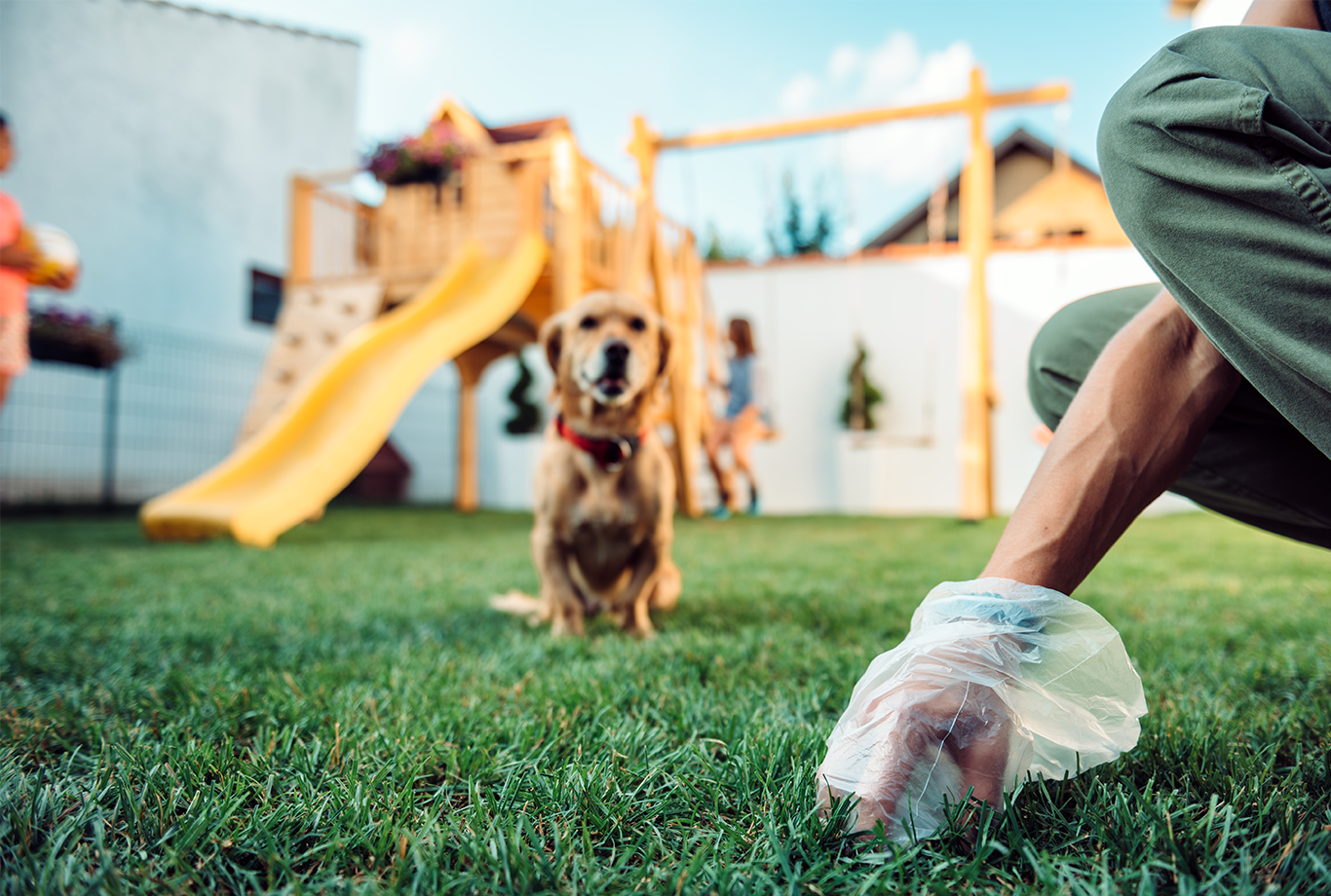Your pet’s excretion is actually more important than you think! Its’ colour and texture can be a good indication of any illnesses your fur friend might have, thus helping to identify the health of your fluffy pal! So the next time your pet needs to relieve themselves, take a look at their stools and see what they mean:
Dog stools
Every dog is unique and thus, their stools may vary from dog to dog. However, a healthy dog poop should have the following general look:
- A chocolate-brown colour
- Shaped like logs and maintain their form
- Feels compact, moist, and easy to pick up
- Proportionately-sized to the amount of food they ate (the more fiber your dog eats, the larger the faeces)
If your dog’s droppings are round instead of log-shaped, they might be dehydrated. If they feel watery and have no defined shape, it could also be a sign of diarrhea and an indication of intestinal upset. Dry, separate, and pebble-like droppings could indicate constipation. A trip to the vet would help determine what troubles your dog is facing, so keep a look-out for these symptoms!

Photo by alexlypa on Freepik.com.
The colours of their faeces also helps with spotting any health issues in your canine friend. Here’s a general guide to the different types of poops you might see:
Green: Excessive consumption of grass or gall bladder issue
Orange/Yellow: Possibly a biliary or liver issue
Brown with white spots: Possibly a sign of tapeworms
Grey and greasy: Possibly a pancreas or biliary issue
Black and tarry: Might be bleeding in the upper GI tract, which consists of many digestive organs
Red streaks: A usual indication of blood, you should check your dog’s anus for any possible injuries
If your dog is facing any of these possible issues, you should arrange a visit to the vet as soon as possible to get a thorough check-up!

Photo by aonip on Freepik.com.
Cat stools
Similarly, cats have their own types of poop too. Healthy cats often poop at least once a day, and should follow the general description:
- A deep brown colour
- Feels neither too hard nor too soft or mushy
- Should not have an overwhelming stench
Some cats may face a few digestive issues as well, such as diarrhea or constipation. Here are some diarrhea descriptions, as well as the possible causes behind it:
Smelly, pudding-like poop: Food intolerances, possible inflammatory bowel disease
Gooey, poop filled with mucus: Too little fibre in diet, possible colitis
Soft, frothy, greasy poop with mucus and/or blood: Parasites
Black, tarry, runny poop: Stomach or intestinal bleeding; visit a vet immediately

Photo by magryt on Freepik.com.
Constipation is also another issue faced by cats, resulting in difficulty pooping. It shouldn’t be a worry if it’s a temporary problem, but if it’s a common issue, a visit to a vet is recommended.
Here are some signs of constipation, along with the possible reasons for each symptom:
Small, hard, dry poop: Dehydration, megacolon, or dietary issues
Small, hard, dry poop with lots of hair: Hairballs, overgrooming
Thin, ribbon-like poop: Colon problems, such as a possible tumour

Photo by user6393596 on Freepik.com.
A pet’s stools is a good indication of their health, so keep your eyes peeled for any inconsistencies with their faeces! Your observance can help identify any early signs of an illness in your pet, and will help to make sure they get the right treatment if they require it!
References:
https://www.purina.co.uk/articles/dogs/health/digestion/guide-to-dog-poop
https://www.akc.org/expert-advice/health/dogs-poop-says-health/
https://pets.webmd.com/cats/the-scoop-on-cat-poop#1
